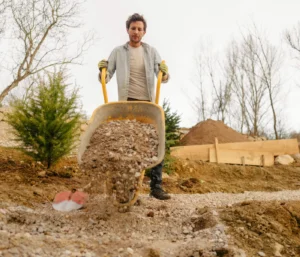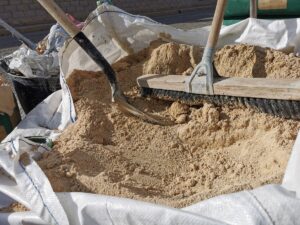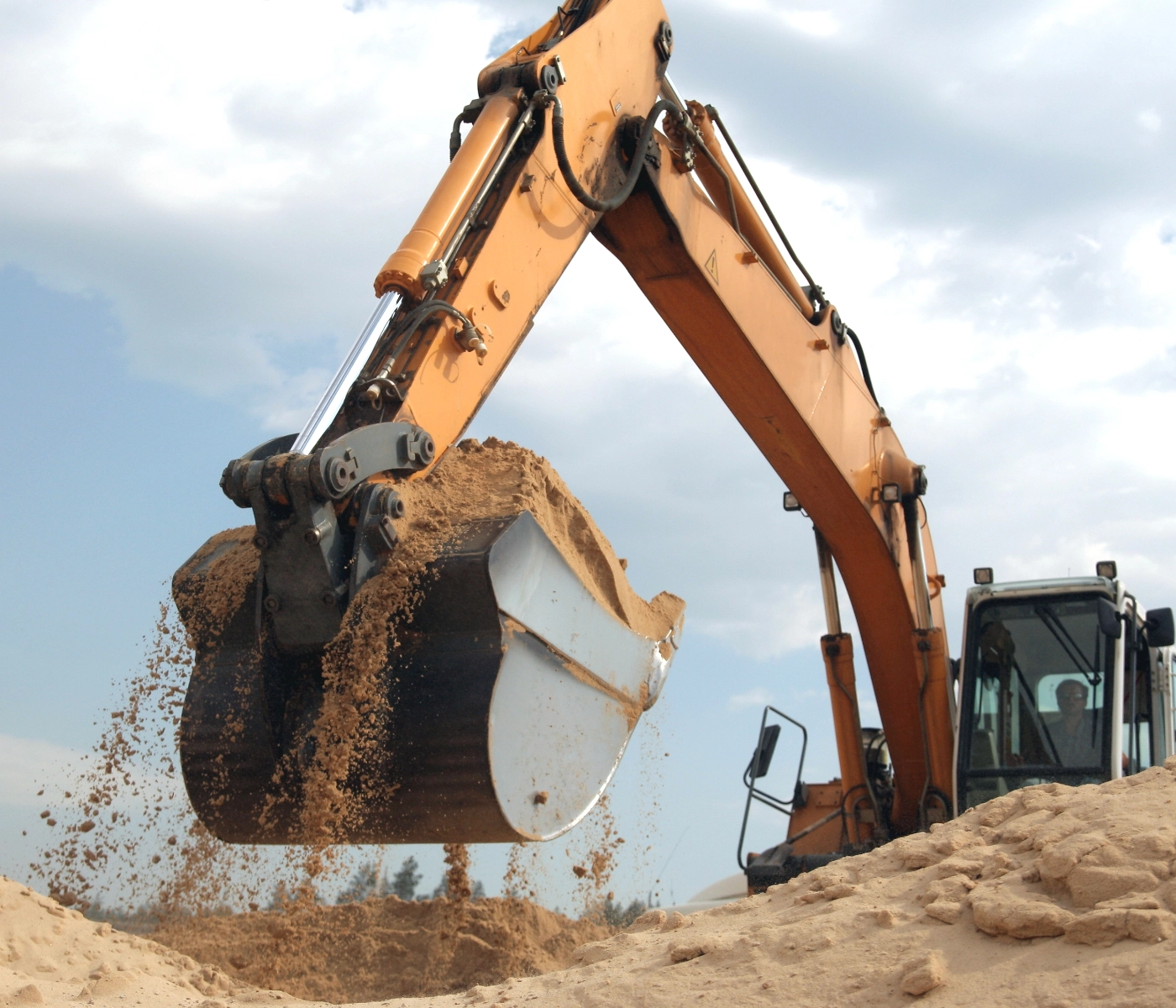Before deciding which one to use, it helps to understand how they are different in properties and applications. Fill sand and fill dirt sound the same by name but have different uses in building and landscaping. Fill dirt has very little organic matter or biological activity, which means that it will not shift or decompose over time. On the other hand, sand is made of minuscule particles of rock that have been broken down over time. To help you choose which is better for your project we will go over what fill sand and dirt are…
Fill Dirt
Fill dirt has very little organic matter or biological activity, which means that it will not shift or decompose over time. Fill dirt is excavated at least 6 inches from deep underneath topsoil and fertile soil. After the fill dirt has been dug up, it is sifted multiple times to remove rocks and debris. Fill dirt is sometimes called clean fill because of that process.
Advantages and Disadvantages of Fill Dirt
Because there is no organic material to biodegrade, fill dirt packs well and retains its shape through the years. Although fill dirt is mainly used for larger construction projects, it can have great uses in landscape projects as well. Some ideal projects are: raising planting beds, leveling off the land, building up the ground around foundations and fixing water drainage problems, and securing ground around retaining walls.
How do contractors decide which material to use? Well, dirt and sand each have strengths and weaknesses that make them appropriate for certain projects and not others. They are interchangeable in some cases. However, it is crucial to use the right one for each project. In this blog, we hope we have gone over the basics of fill dirt and sand, the benefits and drawbacks of each material, and what projects are best suited for fill dirt or sand use.
Fill Sand
Fill sand is commonly used for filling many types of spaces. When using fill sand, don’t expect it to be soft and smooth, like mason sand. instead, fill sand is coarse and sticks together. The biggest benefit of fill sand is that it compacts very well so it is great for any type of job, big or small. The rock particles of fill sand may have been broken down into sand naturally over time or may have been run through crushing machines several times. Fill sand has a high compaction rating, which means that it can be compacted to make a dense and stable foundation. Fill sand is made of rounded and hard particulates that can be displaced or shifted.
Advantages and Disadvantages of Fill Sand
Fill sand does not retain moisture and is great for drainage areas. It is more aesthetically pleasing and therefore more suitable for exposed areas. One disadvantage is that fill sand does not hold its shape over time, therefore choose its use carefully. Fill sand is great to use around water tanks, septic tanks, ponds, and other wet areas. It is also suitable for use as a base for concrete, paving, and paths as it compacts down solid. It is also useful for filling in trenches around pipes.
Request a Quote (859-635-5680) And We Will Contact You Shortly!
Calculate How Much Material You Need For Your Project
 About Bray Topsoil & Gravel
About Bray Topsoil & Gravel
Topsoil and gravel delivered to you by Bray Trucking, a specialized aggregate hauler servicing the Kentucky, Ohio, and Indiana region.
>>Learn More




